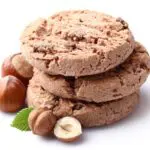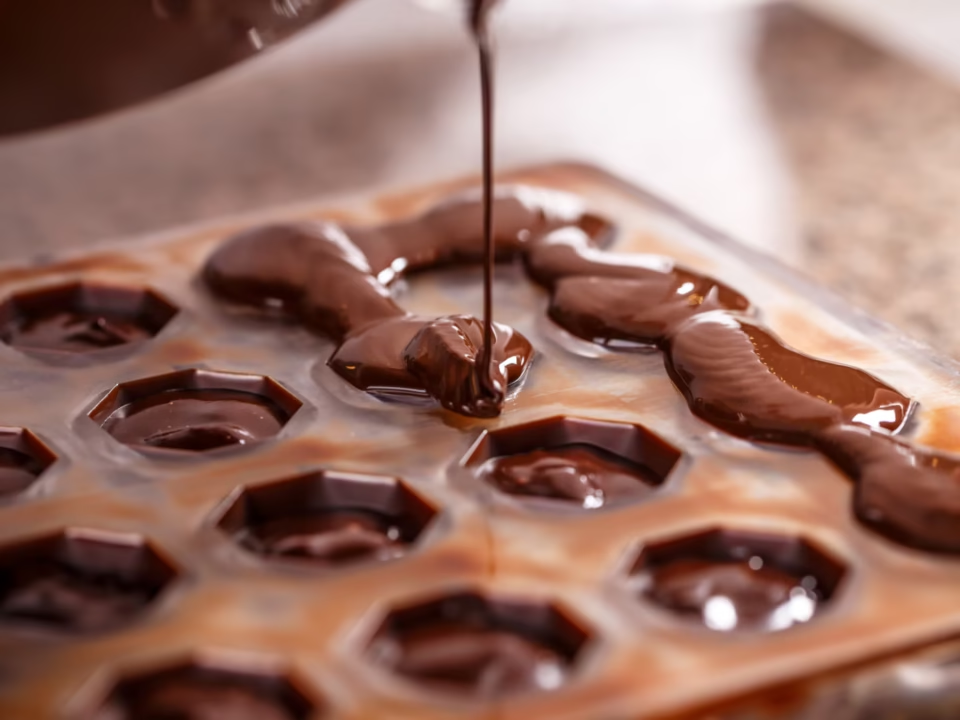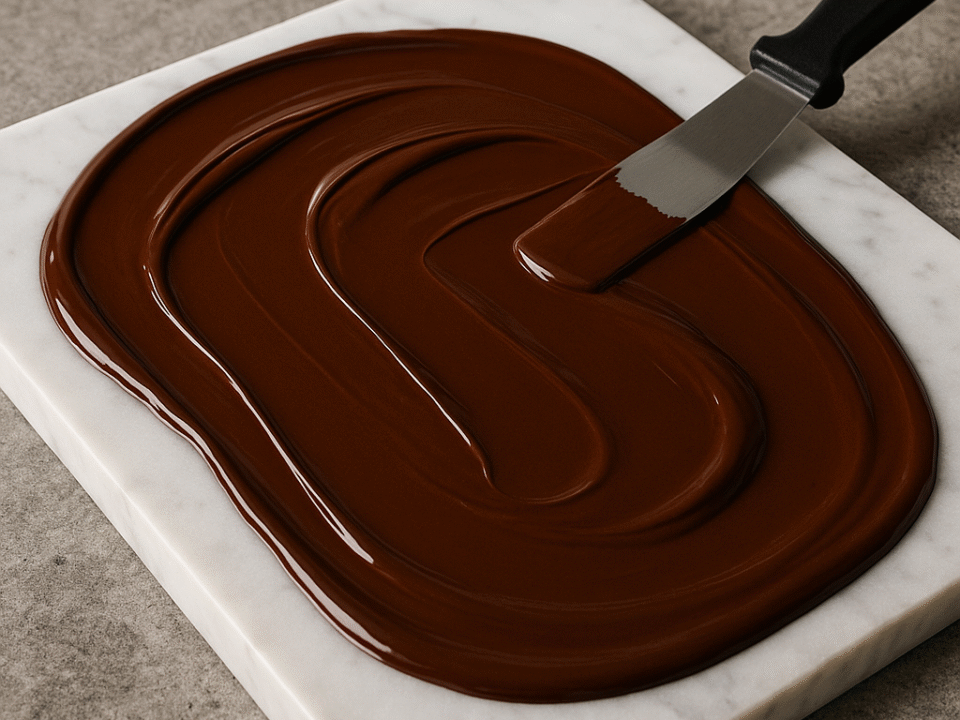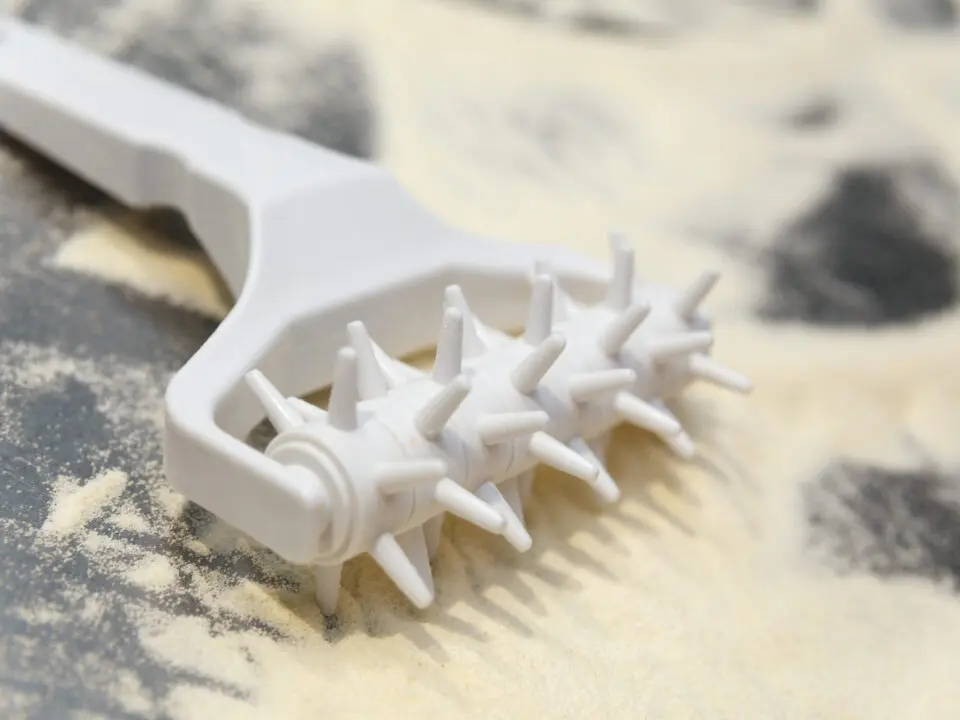
Hazelnut Biscuits
June 30, 2025
The Éclair
July 9, 2025Saves Time and Offers Better Consistency
If I could only keep one electric appliance in the kitchen, it would be my stand mixer—hands down. It’s not just about the convenience (though watching a machine beat butter and sugar while you sip a coffee never gets old). It’s the precision and consistency that makes it a serious game-changer for any home cook who has taken baking more seriously.
Whether you’re making sponge cake, pastry dough, or pizza bases from scratch, a stand mixer with the right attachments does more than save your arms—it helps you achieve results that are closer to what you’d expect in a professional kitchen.
Let’s review the three core attachments you’ll use and how each earns its place on your bench.
The Paddle: Creaming, Mixing, and the Daily Grind
The paddle (or flat beater) is your everyday hero. You’ll use this for most mixing jobs—things like creaming butter and sugar for cakes, making cookie dough, or blending dry ingredients evenly before adding wet ones.
What makes it great is that it mixes thoroughly without beating in too much air, which is crucial in recipes where you want structure without puffiness. It also helps avoid overmixing—something that can sneak up on you fast with a hand mixer.
In short, for most batters, doughs, and general baking jobs, the paddle’s your go-to.
The Whisk: Volume Where It Counts
The whisk is all about air. Use it when you’re whipping egg whites, making meringue, or building volume into cream or sponge mixtures.
What’s great about the stand mixer’s whisk is that it frees up your hands—and your shoulder. Try holding a hand mixer steady for 8–10 minutes while chasing stiff peaks. It’s a workout. The stand mixer provides a consistent whip, resulting in more stable meringues and lighter cakes. Additionally, you can step away and prepare the next part of the recipe while it cooks.
The Dough Hook: Your New Best Mate for Bread
Kneading dough by hand is a satisfying ritual, but let’s be honest—not everyone has the time (or the bench space) to do it regularly. That’s where the dough hook steps in. It mimics the motion of kneading, gently working gluten into your dough without overhandling it.
It’s convenient if you’re making multiple loaves or enriched doughs, such as brioche, which can be a bit of a sticky mess to handle by hand. The mixer handles the hard labor, and you’re left to focus on shaping, proofing, and baking.
Why the Right Tool Matters
Here’s the thing: even if you know how to bake well by hand, having the right tools makes it easier to be consistent. A stand mixer doesn’t replace skill—it supports it. It frees up your focus, helps you multitask more effectively, and can reduce mistakes caused by rushing or fatigue.
And when it comes to results—more even cakes, smoother batters, better gluten development in the dough—it’s a noticeable difference.
Final Thoughts
If you’re getting serious about baking, a stand mixer with a paddle, whisk, and dough hook isn’t a luxury—it’s a wise investment. It’s like having a reliable apprentice in the kitchen: one that doesn’t talk back and always mixes to the beat.
There is no need to go for the most expensive model on the market, either. Plenty of mid-range mixers do a great job. The key is choosing one with a strong motor, solid build, and attachments that click in easily and clean up well.
Happy mixing,



